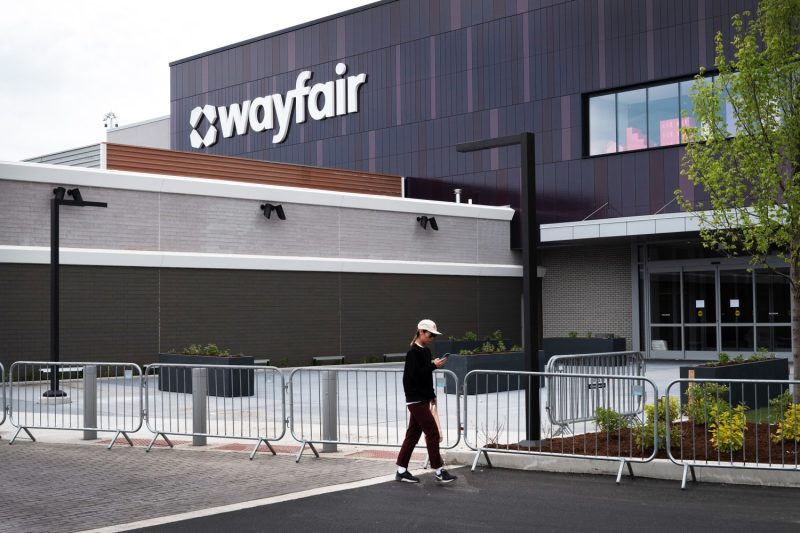In recent years, the retail industry has been undergoing a significant transformation with the rise of e-commerce and the shift towards online shopping. However, there seems to be a resurgence in the importance of physical store locations as companies like Wayfair are recognizing the value of connecting with customers in person. Wayfair, a leading e-commerce home goods company, has announced its plans to open its first large store, marking a strategic move to tap into the benefits of physical retail spaces.
The decision by Wayfair to open a brick-and-mortar store follows a trend in the retail industry where online retailers are exploring hybrid models that combine the convenience of online shopping with the experiential aspect of in-store shopping. This move is driven by the understanding that physical stores offer unique opportunities for customer engagement, brand experience, and building relationships with customers.
The new Wayfair store is expected to serve as a showcase for the company’s wide range of home goods products, providing customers with the opportunity to see and touch items before making a purchase. This tactile experience is valuable in the home goods sector where customers often prefer to physically inspect furniture, decor, and other products before committing to a purchase. By providing a physical location where customers can interact with its products, Wayfair can offer a more immersive shopping experience that complements its online platform.
Moreover, the opening of a physical store can help boost brand visibility and awareness for Wayfair. While the company has established a strong presence in the online retail space, having a physical store can attract new customers who may not be familiar with the brand or who prefer to shop in person. The store can serve as a marketing tool to drive foot traffic, create buzz, and generate interest in the brand, ultimately leading to increased sales and customer loyalty.
In addition to serving as a showroom for its products, the Wayfair store can also function as a fulfillment center, offering customers the option to pick up orders, make returns, or access customer service assistance in person. This seamless integration of online and offline channels can enhance the overall shopping experience for customers, providing them with flexibility and convenience in how they interact with the brand.
Overall, the opening of Wayfair’s first large store signals a shift in the retail landscape towards a more holistic approach that combines the benefits of online and offline shopping. By leveraging physical store locations, Wayfair can deepen its relationship with customers, drive brand engagement, and create new opportunities for growth in the competitive home goods market. This move highlights the importance of adaptability and innovation in a rapidly evolving retail environment where companies need to evolve their strategies to meet the changing needs and preferences of consumers.
